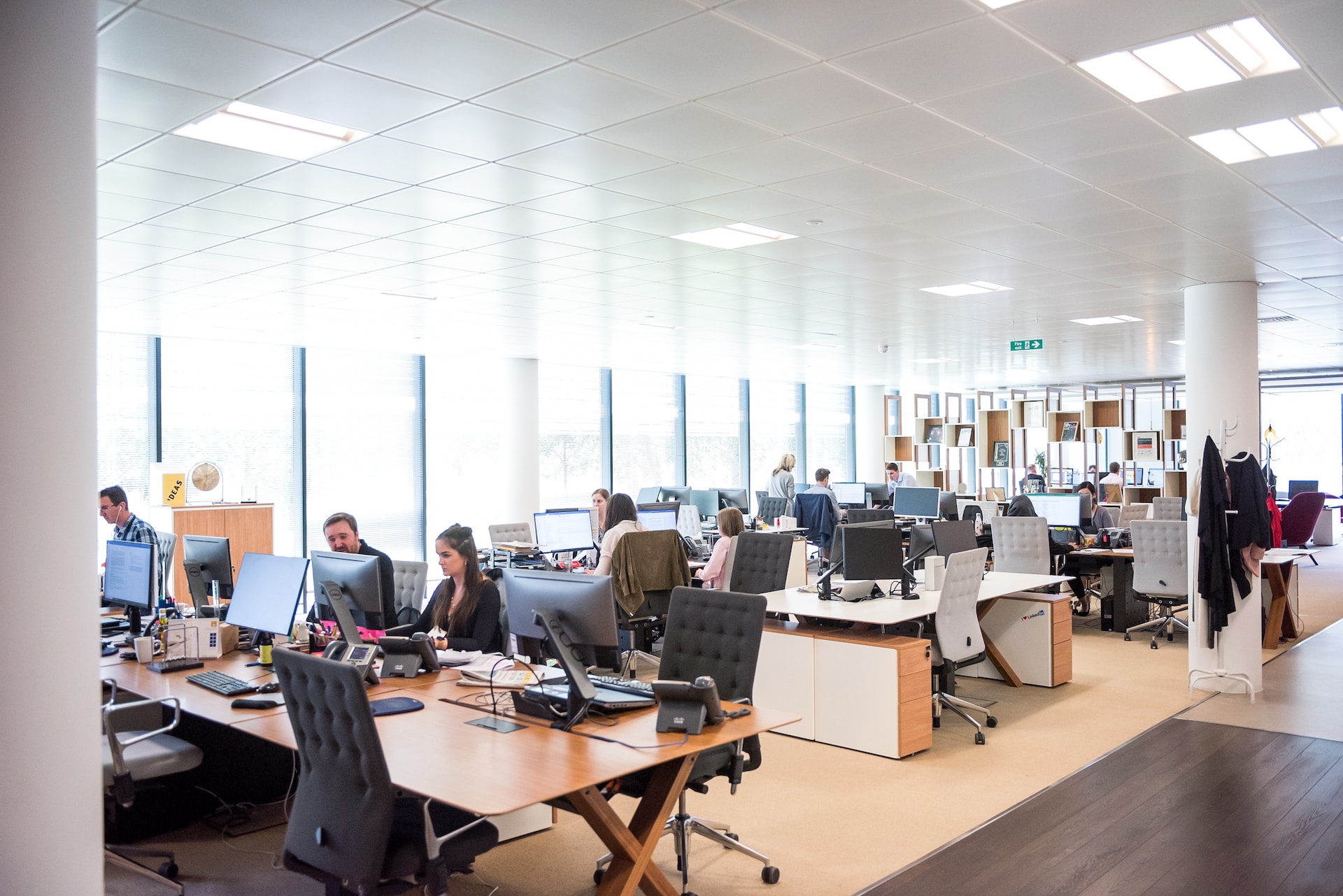Creating Inclusive Workspaces: The Key to Effective Workplace Accommodations
Have you ever thought about what makes a workspace truly inclusive? It’s not just about having a diverse team; it’s about making sure everyone feels comfortable and empowered. This is where workplace accommodations come into play. They are the secret ingredient to a thriving, inclusive workspace. But what does this really mean? Let’s dive in and find out.
Understanding Workplace Accommodations
What exactly are workplace accommodations? Think of them as adjustments or modifications in the work environment that enable individuals, especially those with disabilities, to perform their jobs effectively. It’s like adding ramps to a staircase – ensuring everyone can reach the top, regardless of their mode of mobility.
The Legal Landscape
It’s important to understand the legal requirements surrounding workplace accommodations. Laws like the Americans with Disabilities Act (ADA) set the foundation, but going beyond compliance is where the real magic happens.
Benefits of Inclusive Workspaces
Inclusive workplaces aren’t just nice to have; they’re a must-have. They foster creativity, boost morale, and attract a wider talent pool. It’s like adding different spices to a dish – the more variety, the richer the flavor.
Types of Accommodations
Accommodations can range from flexible work hours to ergonomic furniture. Each accommodation is a step towards creating an environment where every employee can thrive.
Creating a Culture of Inclusion
Creating a culture of inclusion is about more than just policies; it’s about mindset. It’s about ensuring every voice is heard and valued, just like every instrument in an orchestra plays a vital role in the symphony.
The Role of Leadership
Leadership plays a pivotal role in fostering an inclusive culture. Their actions and words set the tone for the entire organization.
Overcoming Challenges
Implementing workplace accommodations isn’t without its challenges. From financial constraints to resistance to change, it’s about finding creative solutions and staying committed to the cause.
Technology as an Enabler
Technology can be a powerful tool in facilitating workplace accommodations. From assistive technologies to virtual collaboration tools, it’s about leveraging tech for inclusivity.
Measuring Success
How do you know if your efforts are paying off? Measuring the impact of workplace accommodations through employee feedback and performance metrics is crucial.
Case Studies: Success Stories
Learning from others can be incredibly insightful. Exploring case studies of organizations that have successfully implemented workplace accommodations can provide valuable lessons.
Getting Started: Practical Steps
So, how do you get started? It begins with assessing your current environment and identifying areas for improvement.
The Role of Feedback
Feedback is the lifeblood of continuous improvement. Encouraging open and honest feedback helps in refining and enhancing workplace accommodations.
Continuous Improvement
The journey towards an inclusive workplace is ongoing. It requires a commitment to continuous learning and adaptation.
The Future of Workplace Accommodations
What does the future hold for workplace accommodations? With evolving technologies and societal changes, the possibilities are endless.
Conclusion
Creating inclusive workspaces through effective workplace accommodations is not just a legal obligation; it’s a moral one. It’s about building a workplace where everyone, regardless of their background or abilities, can flourish.

